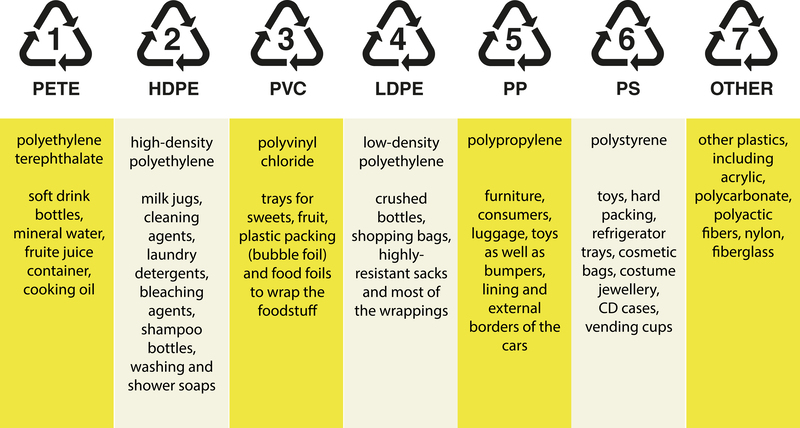Everything You Need to Know About Glass Recycling
In today's environmentally conscious world, glass recycling plays a vital role in waste reduction and sustainability. Not only is it beneficial for the environment, but it's also energy-efficient and cost-effective. In this article, we'll delve into the intricacies of glass recycling and the significant impact it has on our planet.
The Importance of Glass Recycling
Glass is a ubiquitous material in our daily lives, found in bottles, containers, windows, and more. But why is glass recycling so important? There are several compelling reasons:
- Environmental Impact: Recycling glass reduces the need for raw materials and decreases landfill usage.
- Energy Efficiency: Recycling glass saves up to 30% of energy compared to producing new glass from raw materials.
- Pollution Reduction: It leads to lower emissions of pollutants and decreases ozone layer depletion.
- Natural Resources Conservation: Glass recycling helps conserve sand, soda ash, and limestone.
How Does Glass Recycling Work?
The glass recycling process is quite fascinating and involves several crucial steps:
1. Collection
The first step involves collecting glass items from recycling bins at homes, businesses, and recycling centers. It's essential for consumers to separate glass from other recyclables and remove lids or caps.
2. Sorting
Once collected, the glass is sorted by color--typically clear, green, and brown. Sorting is crucial because different colors melt at different temperatures and are used for diverse applications.
3. Cleaning
After sorting, the glass is cleaned to remove contaminants like paper, food residue, and other impurities. Ensuring the purity of glass is essential for producing high-quality recycled products.
4. Crushing
The sorted and cleaned glass is then crushed into small pieces called cullet. Cullet is a key ingredient in making new glass containers. The higher the percentage of cullet in the glass-making process, the lower the energy consumption.
5. Melting
The cullet is mixed with other raw materials and melted in a furnace at high temperatures. This step requires significant energy but is more economical and less polluting when using recycled glass rather than new raw materials.
6. Forming
Once melted, the glass is molded into new shapes, cooled, and annealed to relieve any stress in the glass. The end products are then packaged and sent to be filled and used once again, completing the recycling cycle.
Challenges in Glass Recycling
Despite the benefits, the glass recycling industry faces several challenges:
- Contamination: Improper sorting and contaminants in the recycling stream can hinder the glass recycling process.
- Transportation Costs: Glass is heavy and can be costly to transport, especially to facilities far from the collection point.
- Market Demand: Limited demand for recycled glass in some regions can reduce the incentive to recycle.
- Infrastructure Limitations: Not all areas have the necessary infrastructure to support efficient recycling operations.
Ways to Improve Glass Recycling
Improving glass recycling requires concerted effort from governments, industries, and individuals. Here are some potential strategies:
- Public Education: Informing the public about the importance of proper sorting and recycling can reduce contamination.
- Investment in Technology: Developing advanced sorting and recycling technologies can enhance efficiency and reduce costs.
- Incentives: Providing financial incentives for recycling can encourage both businesses and individuals to participate actively.
- Expansion of Access: Increasing the number and reach of recycling programs and drop-off stations can make it easier to recycle glass.
Conclusion
In summary, glass recycling is a crucial component of sustainable waste management and environmental protection. While challenges exist, the collective effort of individuals, communities, and industries can help overcome them. By understanding more about glass recycling, you contribute not only to reducing waste but also to conserving resources, saving energy, and protecting our planet.
So, the next time you finish a bottle of soda or a jar of jam, remember that every little bit matters. Recycle your glass, support local recycling programs, and encourage others to do the same. Together, we can make a significant impact through glass recycling.

